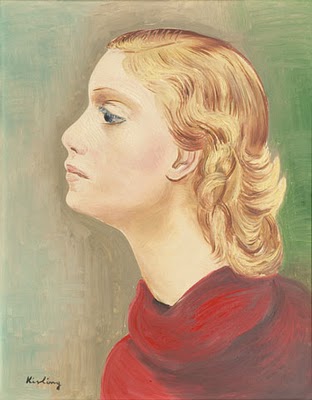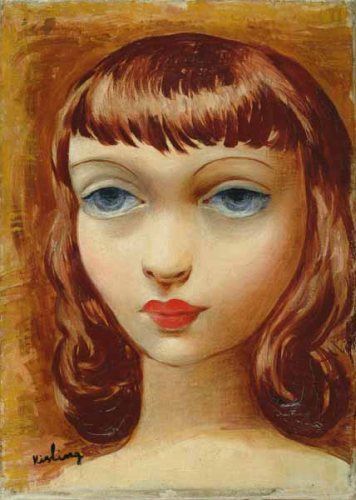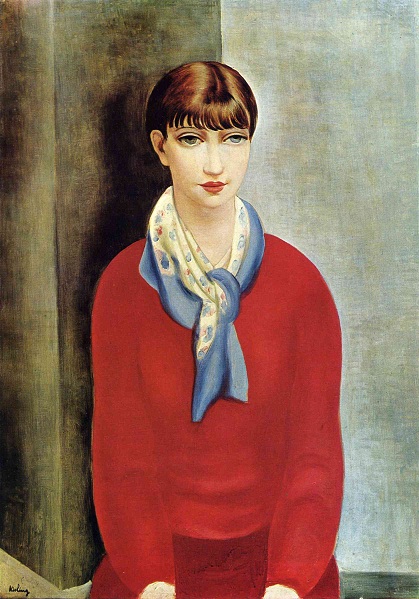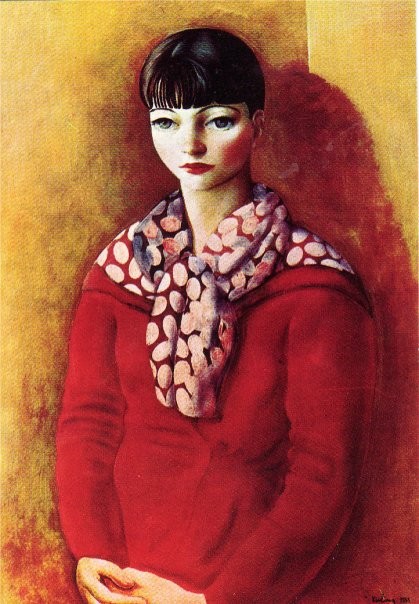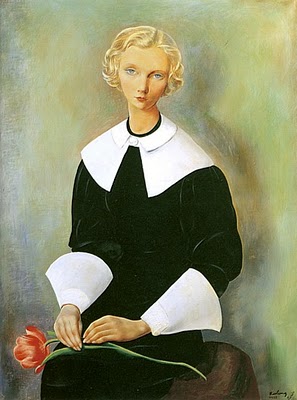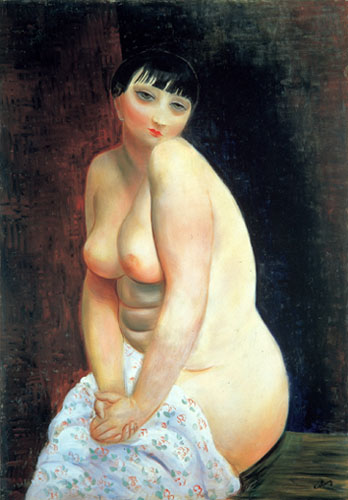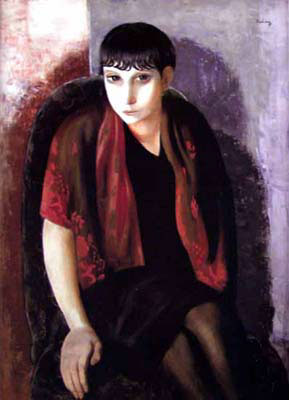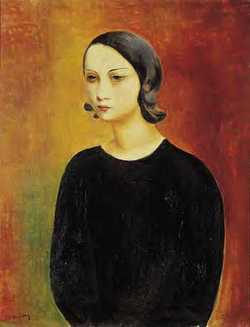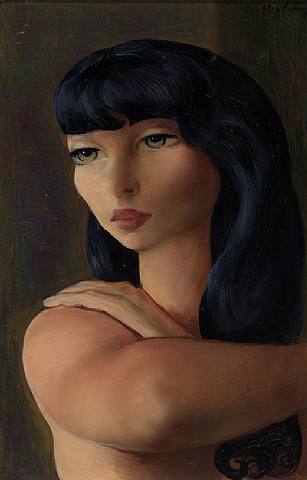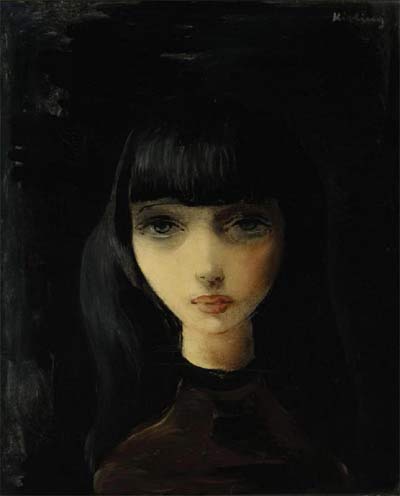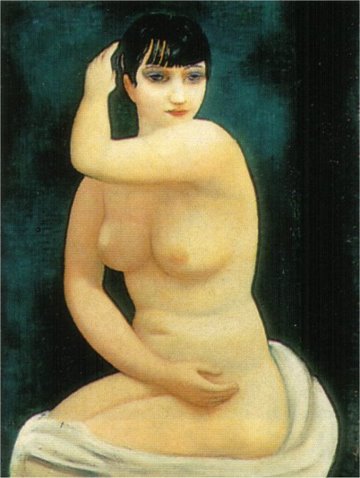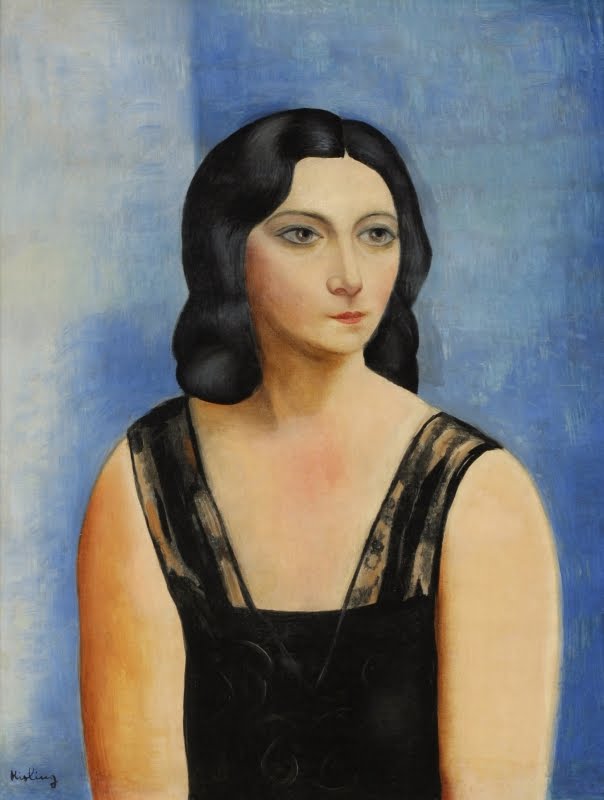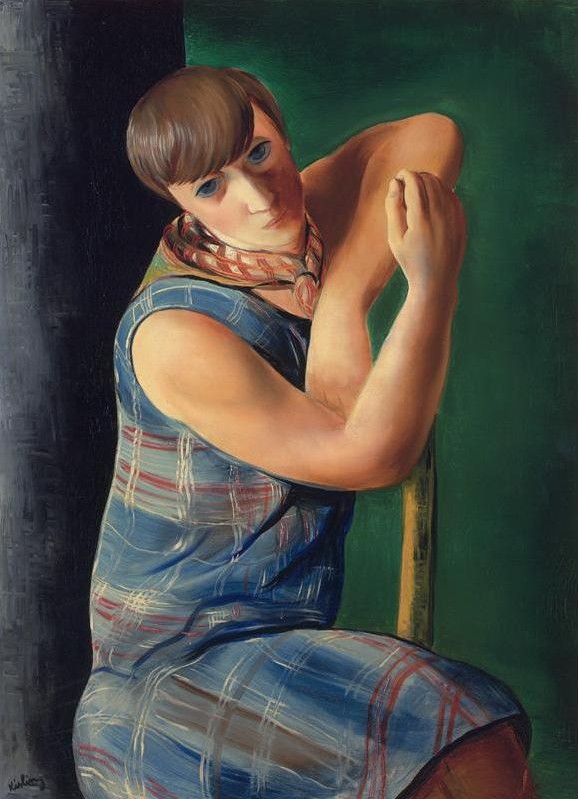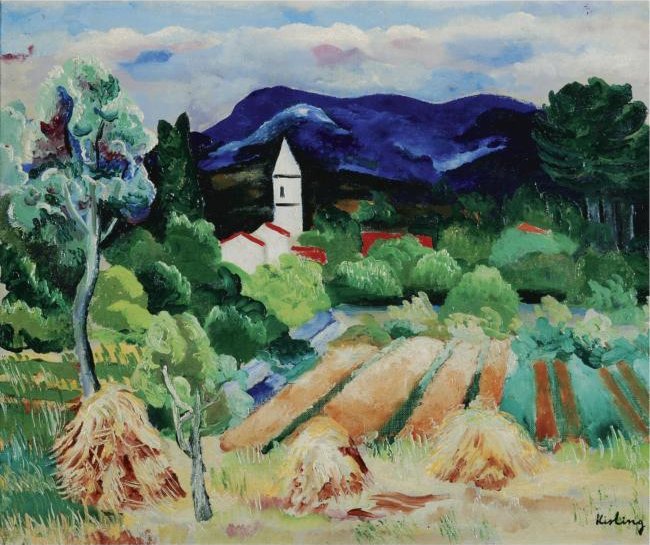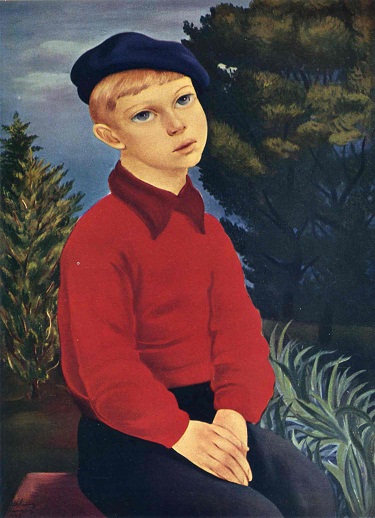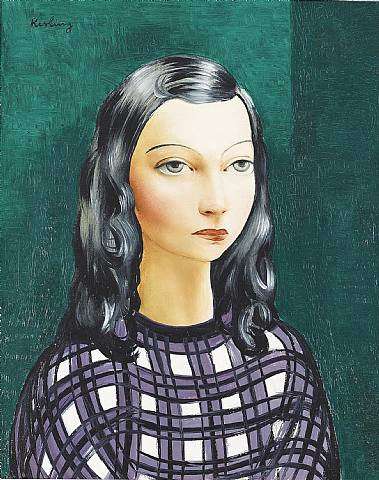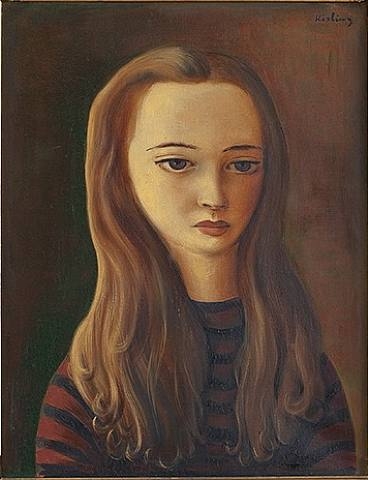<Back to Index>
- Painter Moise Kisling, 1891
PAGE SPONSOR
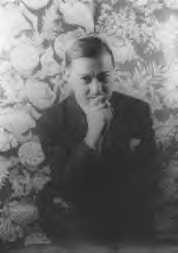
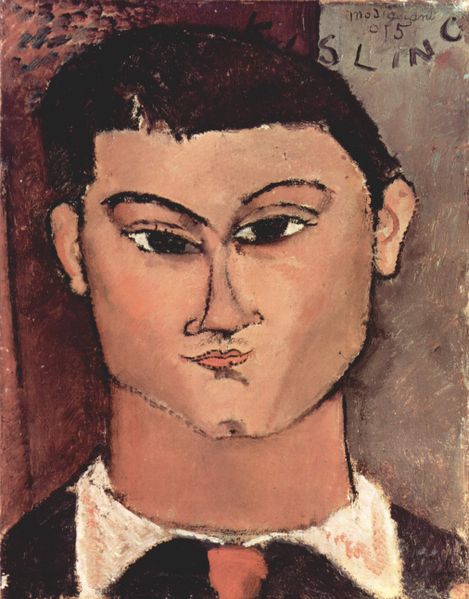
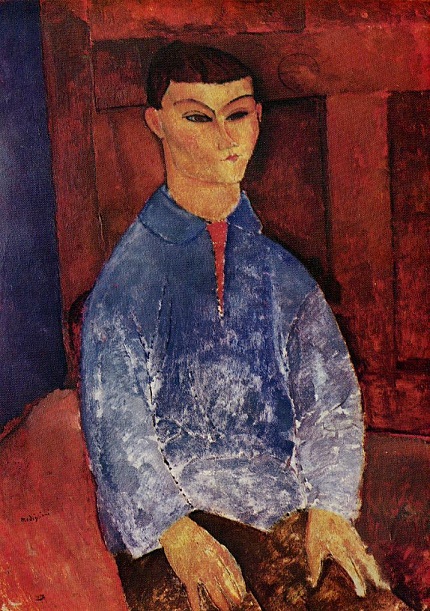
Moise Kisling (January 22, 1891 – April 29, 1953) was a Polish painter.
Born in Kraków, Austria - Hungary, he studied at the School of Fine Arts in Kraków, where he was encouraged to travel to the center for artistic creativity in the early 20th century, Paris, France.
In 1910, Kisling moved to Montmartre and a few years later to Montparnasse. At the outbreak of World War I he volunteered for service in the French Foreign Legion, and in 1915 he was seriously wounded in the Battle of the Somme, for which he was awarded French citizenship.
Kisling lived and worked in Montparnasse where he was part of the renowned artistic community gathered there at the time. For a short time he lived in the Bateau - Lavoir in Montmartre and in 1911 – 12 spent nearly a year at Céret. In 1913 he took a studio in Montparnasse, where he lived for the next 27 years; Jules Pascin and later Modigliani lived in the same building. He became close friends with many of his contemporaries, including Amedeo Modigliani, who painted him in 1916 (today at the Musee d'Art Moderneas). His style used in painting landscapes is similar to that of Marc Chagall, but, a master at depicting the female body, his surreal nudes and portraits earned him the widest acclaim.
Kisling volunteered for army service again in 1940. When the French Army was discharged at the time of the surrender to the Germans, Kisling who was of Jewish origin went to the United States and, after exhibitions in New York and Washington, lived in California until 1946.
Moise Kisling died in Sanary - sur - Mer, Var, Provence - Alpes - Côte d'Azur, France on April 29, 1953. A residential street in the town is named after him.
The largest collection of Kisling's works can be seen at the Musée du Petit Palais in Geneva, Switzerland.